TRANSFORM YOUR TEAM'S SEASON WITH PROFESSIONALLY PLANNED SESSIONS
Use our expert plans or build your own using our library of over 700+ drills, and easy-to-use tools.
JOIN NOWI'm in the U.S., coaching a team of 11-12 year olds, with 1-2 years of experience. Defending the circle, when the ball is loose, my players are not getting control of the ball to hit out of the circle. It's congested with opponent and my team's players. If my players get control, they lose it quickly. If the opponent has control, my players aren't very good at taking the ball or stopping the opponent from taking a shot. Luckily we have a good goalie but she can only do so much. (Full disclosure: I didn't play FH but have a decent understanding of the game. No one else in my community would step up to coach so it's fallen to me.)
G`day Brandon
There are 2 parts to your puzzle....
A good start with young players is to work on their protection of the ball in small games with emphasis on possession. There are heaps of rondo games that can help you with this. The lesson they have to learn is that to "hit" a ball you have to take your stick off the ball and this leaves it open to being stolen. Work with the games to get the kids to see how pushing or just plain running away with the ball will result in fewer turnovers. A good tactic to work in to your plays is to have defenders who are playing in the centre or right side of the field to carry the ball away to the right while protecting the ball with their body position. Once they are out of the congestion and have the time they can then aim a good push or a hit to a team mate and get the counterattack going.
In respect to getting the ball back, the players need to learn how to tackle properly and when to tackle. Racing in with the stick out and reaching for the ball is what most kids do instinctively (and many adults) and it is the least likely tactic to succeed. When learning and with limited experience, tackling players should try where possible to come in slightly on their left of the player they wish to tackle, encouraging the ball carrier to move to the defenders right and putting them on the side where your tackle is more effective. It is safer, coming in from the other side exposes kids to the swinging stick follow-through, and we see how much younger players love to swing. Also this is preferred for all attackers in the centre of the pitch or coming down the right side (from the defenders perspective). As the players develop skills they can then come in from the right (for attackers coming down the left) and do much the same thing but it is a harder skill and is more easily countered, and they must be aware that if they fall behind the attacker they are in line with the swinging stick if the attacker chooses to hit. Be sure to coach the players to never come in directly in front, this allows the ball carrier to decide which way around they want to go and makes it easier for them. Have the defender decide where the attacker will run and half the battle is won already. Have your players hold their stick close to themselves, protecting their feet as they move in on the ball, not hanging it out telegraphing to the ball carrier how long your reach is, and when they see the opportunity to reach for the ball they do so with a poking motion. The tackler can be backing up, often is, with their left shoulder forward more, almost inviting the attacker to go down the attackers left. The object in the first instance is not necessarily to come away with the ball, but to deny the ball to the opposition. Knocking it off the head of their stick first, then grabbing it and running away or passing. This channelling drill has all this going on....
https://www.sportplan.net/drills/Hockey/Defending-Skills/Channelling-onto-the-forehand-h300096.jsp
As with most things hockey there is considerable nuance to a lot the decision making as skills and experience build up, but this is good basic hockey that will work for them and still be useful many years into the future.
Hope this helps
cheers
Mick
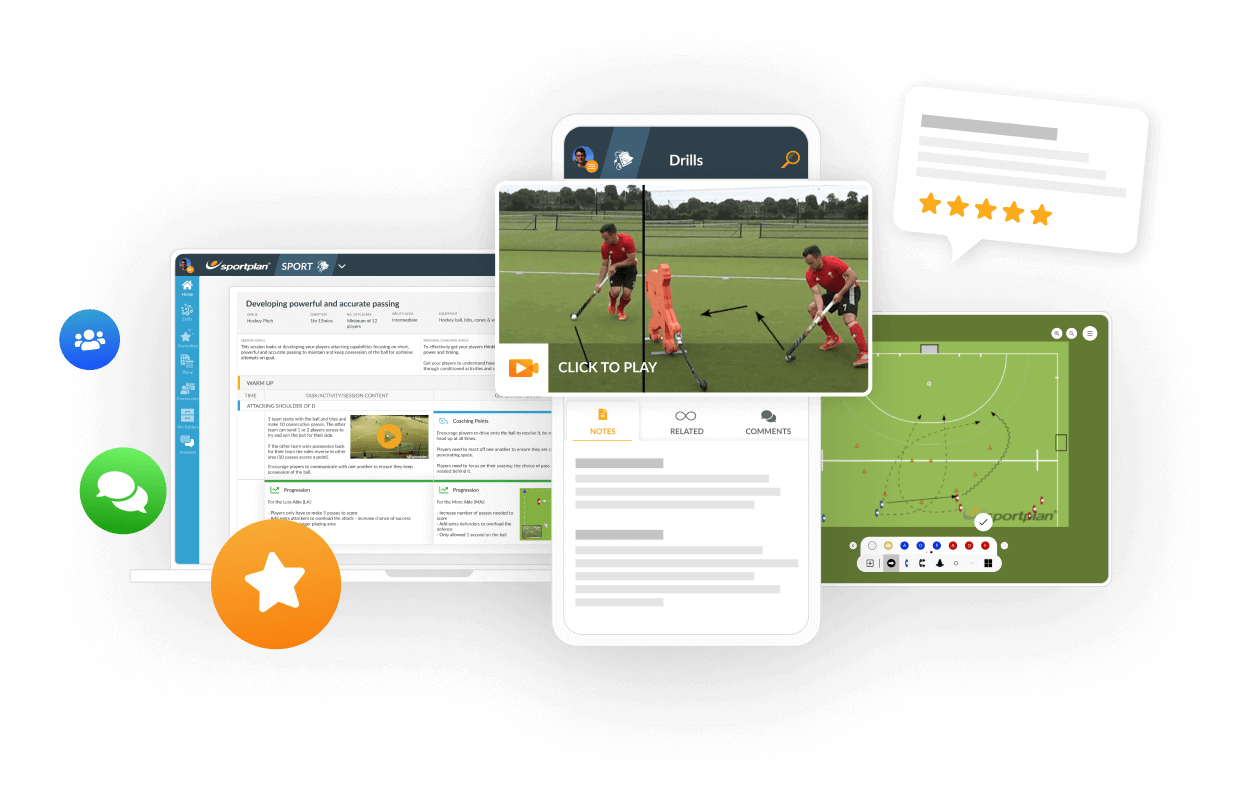
in more ways than one
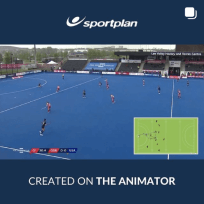
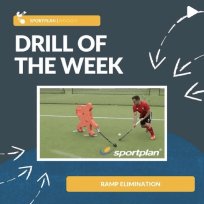
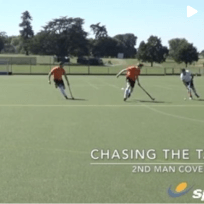

How did the Modern Olympics originally begin and why are they so culturally significant today?
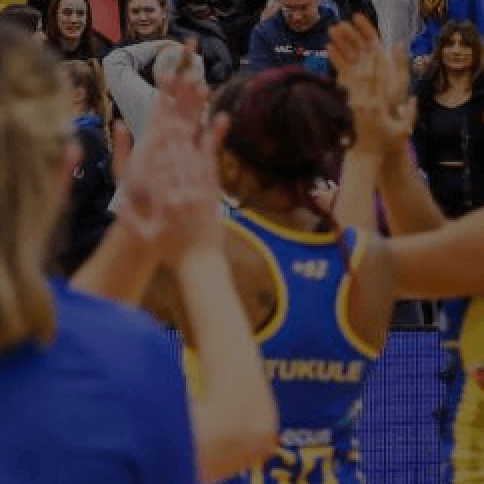
The Professionalisation of Netball is changing the game. Here is how it is helping to develop the sport.
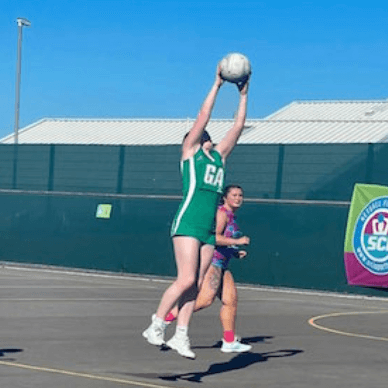
Scoring more goals is often the key to victory in netball. Here's how Sportplan can help you achieve this.
Use our expert plans or build your own using our library of over 700+ drills, and easy-to-use tools.
JOIN NOW